Mulberry, also known as mulberry, mulberry tree, comes from Transcaucasia. In our country, it is cultivated in two types: white and black, or rather, black-violet) mulberry. These names are determined not by the color of the berries, but by the color of the bark of mature trees.
White mulberry is used to feed silkworms; it is sweeter than black mulberry.
Mulberry cultivation
Mulberry fruits resemble raspberries in appearance, and are popularly called berries.Their taste ranges from sickly sweet to sweet and sour. Used raw and dried, suitable for homemade preparations (jam, syrup, jelly, marshmallows, candied fruits). When dry, they can be stored for a long time.
The healing properties of mulberry are also known. An infusion of ripe berries is used as a diaphoretic, and leaves as an antipyretic.
Mulberry is a heat- and light-loving plant. Tolerates drought, urban conditions, even the proximity of industrial enterprises. In a harsh, snowless winter, the above-ground part (unripe branches) may freeze. But its roots are more frost-resistant, and the trees are easily restored due to root growth and the lower parts of the branches preserved under the snow. White mulberry is more winter-hardy, withstands frosts up to 30 degrees.
The advantage of mulberry is its ability to be pollinated by the wind and not depend on the presence of insects.
The mulberry tree begins to bear fruit at the age of 6-8 years. Its flowers are dioecious and bloom at the same time as the leaves. Female flowers are dense, erect, while male flowers are in the form of drooping earrings. Mulberry trees are capable of self-pollinating, but produce greater yields when grown in group plantings.
Mulberry grows on any soil, except swampy, with close groundwater. But it is very responsive to fertilizers, especially organic ones. It bears fruit better on fertile soils, in an open sunny place, protected from cold winds.
Without pruning, mulberries can grow up to 10 m tall. Pruning begins with a seedling, shortening it to 1.5 m so that side shoots begin to grow.
Mulberry propagation
Mulberry propagates by seeds and cuttings. For planting, you can use freshly picked first ripened fruits. They are immediately sown in a schoolyard or in boxes of soil.The seeds germinate in 7-10 days and by autumn they produce shoots 30-40 cm high.
You can sow the seeds in November - early December in a bed with loose soil to a depth of 2-3 cm. In the spring they will sprout, they need to be pruned, and in the fall they should be transplanted to a permanent place, deepening them in the same way as they grew in school.
It is more difficult to propagate mulberries from cuttings. Cuttings are taken from annual growths in the fall, after leaf fall. Store in damp sand in the basement until spring. In the spring, when the snow melts, cut cuttings 15-20 cm long and treat their ends with growth stimulants (according to the instructions).
Then they are shed with clean water and planted in a schoolyard with fertile soil, vertically, deepening to the top bud. Leave 2-3 cm above the soil. The cuttings are watered and covered with film on the arcs or spun-bond. Regular care, but without excessive moisturizing.
Rooted seedlings are planted in a permanent place at 3-5 years of age. The planting depth is the same as in the school. The soil is mulched with organic matter. Water only in dry weather.
In the southern regions, mulberry has been known since the time of Catherine II, who contributed to the development of sericulture in the south of Russia, incl. on the banks of the Volga. Significant areas were sown with white mulberry seeds to feed silkworms (silkworm caterpillars).
And now interest in this plant has not disappeared. It is grown on city streets, in courtyards and in summer cottages. This is not only a fruit crop, but also a decorative one. It looks good in alleys and forest plantations. It easily tolerates pruning and can be given the desired shape.
Watch a video about growing mulberries:
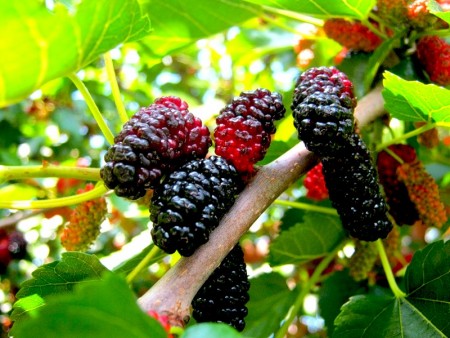
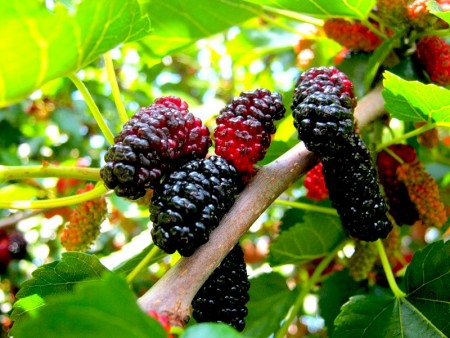
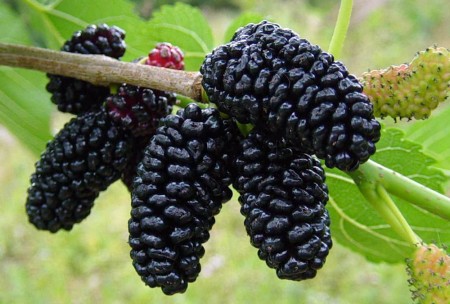
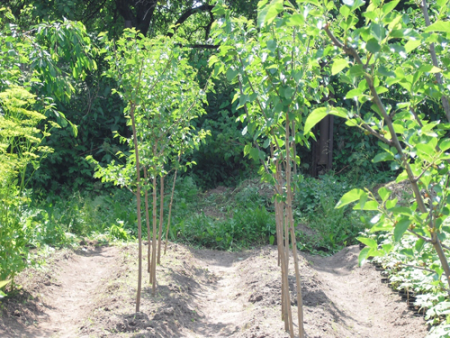
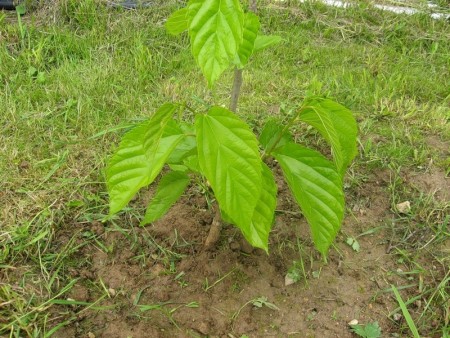
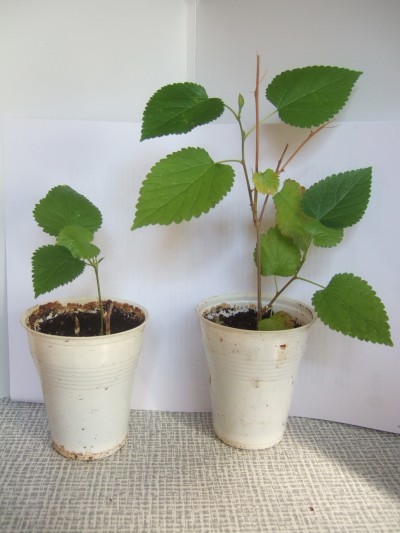
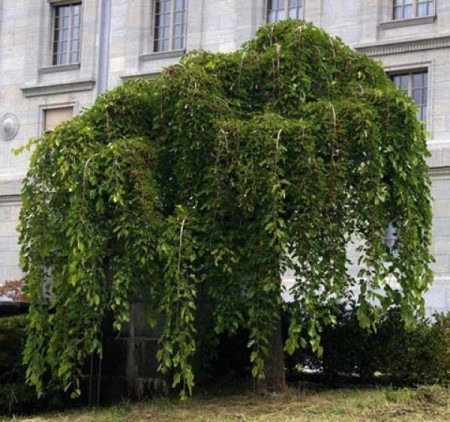

 CUCUMBERS NEVER GET SICK, I'VE BEEN USING ONLY THIS FOR 40 YEARS! I SHARE A SECRET WITH YOU, CUCUMBERS ARE LIKE THE PICTURE!
CUCUMBERS NEVER GET SICK, I'VE BEEN USING ONLY THIS FOR 40 YEARS! I SHARE A SECRET WITH YOU, CUCUMBERS ARE LIKE THE PICTURE! You can dig a bucket of potatoes from each bush. Do you think these are fairy tales? Watch the video
You can dig a bucket of potatoes from each bush. Do you think these are fairy tales? Watch the video
 How our fellow gardeners work in Korea. There is a lot to learn and just fun to watch.
How our fellow gardeners work in Korea. There is a lot to learn and just fun to watch. Eye trainer. The author claims that with daily viewing, vision is restored. They don't charge money for views.
Eye trainer. The author claims that with daily viewing, vision is restored. They don't charge money for views. A 3-ingredient cake recipe in 30 minutes is better than Napoleon. Simple and very tasty.
A 3-ingredient cake recipe in 30 minutes is better than Napoleon. Simple and very tasty. Therapeutic exercises for cervical osteochondrosis. A complete set of exercises.
Therapeutic exercises for cervical osteochondrosis. A complete set of exercises. Which indoor plants match your zodiac sign?
Which indoor plants match your zodiac sign? What about them? Excursion to German dachas.
What about them? Excursion to German dachas.